Antioxidant activity (Total Anti-oxidant Capacity, TAC)
There is an increased interest among the scientific community regarding the antioxidant activity of different plant extracts and foods, as its consumption was proved to be protective against several ailments, such as cardiovascular diseases and cancer.
Several assays were developed for the assessment of total antioxidant capacity of compounds and herbal extracts. The chemical bases of these assays are substantially different and the results represented are related to certain chemical property in the screened compounds and not necessarily related to biological antioxidant capacity. Thus, measurement of total antioxidant capacity using only one method is not sufficient and it is recommended to carry out a combination of few assays that involves different chemical reactions to give more realistic results.
Based on the mechanism, antioxidants are acting through electron transfer (ET), hydrogen atom transfer (HAT) and transition metal chelating effect. Oxygen radical absorbance capacity assay (ORAC) is considered as an example of HAT antioxidants, while DPPH is ET antioxidant. Several phenolic compounds and plant extracts are exerting its anti-oxidant activity through these three different mechanisms.
Available testing protocols
1- DPPH
2,2-Diphenyl-1-picrylhydrazyl (DPPH) is one of the most commonly used methods in the assessment of antioxidant activity. The principle of this assay is based on the reduction of DPPH, a stable free radical by an antioxidant according to the following reaction:
DPPH• + AH → DPPHH + A•
During the reaction, alcoholic solution of DPPH turns from deep violet color to light yellow color.
Results
Results of the assay are represented as EC50 of the compounds.
2- FRAP Assay
The ferric reducing ability (FRAP) assay is a common method for measuring antioxidant activity of several hydrophilic and lipophilic antioxidants. The reaction principle is based on the reduction of Ferric tripyridyl triazine (Fe+3 TPTZ) by an antioxidant compound to its ferrous form producing an intense blue color which can be measured at 593 nm.
Results
Data are represented as Trolox equivalents. (Trolox is a water-soluble form of Vit E, commonly used as antioxidant standard compound)
3- ABTS Assay
The ABTS reagent is oxidized with potassium persulfate before analysis. The generated free radicle is scavenged by the antioxidant sample in sodium phosphate buffer PH 7.4. The reduction in reagent color, which is proportional to antioxidant activity of the sample, is measured at 734 nm.
Results
Data are represented as Trolox equivalents. (Trolox is a water-soluble form of Vit E, commonly used as antioxidant standard compound)
4- Oxygen radical absorbance capacity assay (ORAC)
ORAC assay is considered as an example of hydrogen transfer antioxidants assay. It depends on the inhibition of peroxyl radical- induced oxidation caused by the thermal decomposition of azo compounds such as AAPH (2,2’-azobis[2-amidino-propane] using flourescein as the probe. The assay measures the decay of fluorescence by time of fluorescein in the presence and absence of antioxidant compounds using Trolox as positive control.
Results
Data are represented as Trolox equivalents. (trolox is a water-soluble form of Vit E, commonly used as antioxidant standard compound). In addition, a standard calibration curve of Trolox decay curves of samples and blanks (fluorescence unit vs time) are provided.
5- Determination of metal chelation ability (Fe+2 chelation ability)
The ability of many natural and synthetic compounds to chelate metals is considered as a mechanism for the estimation of its antioxidant activity. Recent studies reported that some metals such as iron and cupper are involved in many degenerative diseases like Alzheimer, Parkinsonism and cardiovascular disorders through formation of reactive oxygen species. Therefore, the assessment of the in vitro ability of compounds /foods, and plant extracts to chelate these transition metals are important measure for their antioxidant effect.
Method
The main principle of this assay is based on the binding ability of ferrozine (3-(2-pyridyl)-5,6-diphenyl-1,2,4- triazine-p,p0-disulfonic acid monosodium salt hydrate) with Fe+2 ions forming a blue color. The binding of compounds and /or extracts to Fe+2 iron will result in reduction of the blue color formed by the iron-ferrozine complex. The color reduction is considered as a measure of the compound’s iron chelating effect using EDTA as a positive control.
Results
The results of the compounds/extract are represented as uM EDTA equivalents.

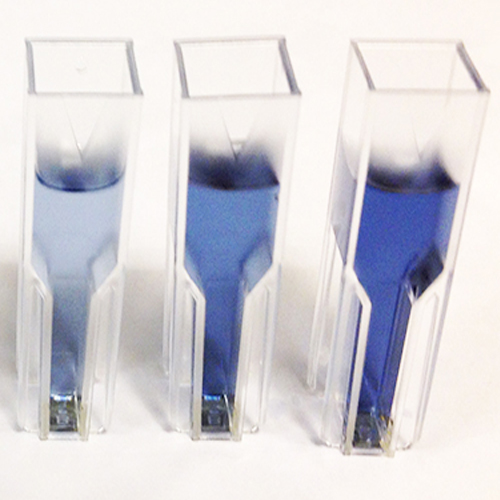
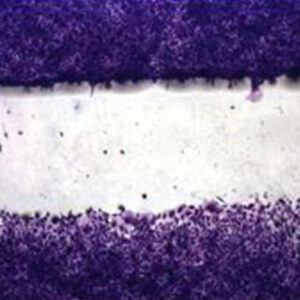
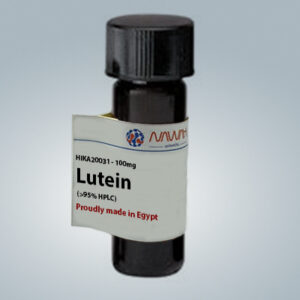
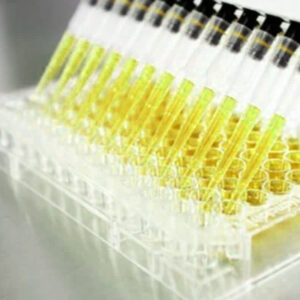
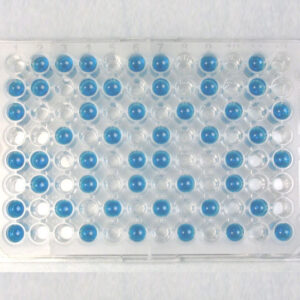
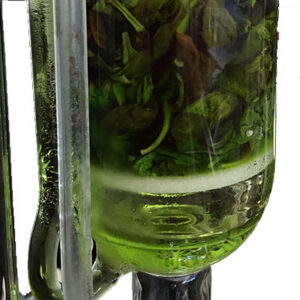
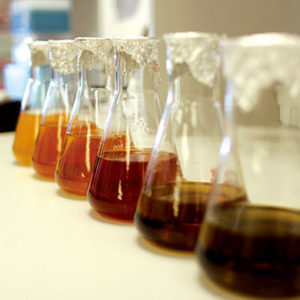
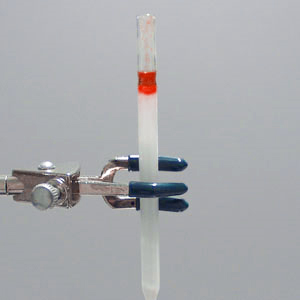
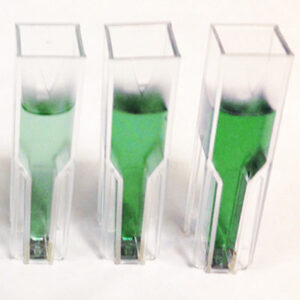
Wael Mortada (verified owner) –
Fatema (verified owner) –
Mohamed Sayed (verified owner) –
Hebatollah Sweelam (verified owner) –
Fast and accurate results, thank you
Reham W. (verified owner) –